|
As human beings we tend to avoid being still. Our minds are designed to create thought and they do it very well. We create identities, ideas of who we are and what we want. Then we create problems for those identities and solutions to those problems, repeating this cycle countless number of times each day. These turnings of our mind are so powerful that we then take physical action to solve the problems our minds have created. We actually create the structure of our day to act out and support what our mind tells us is important! However our senses have created our desires, our desires have created our thoughts and our thoughts have in turn created our action!
This may seem obvious and perfectly acceptable, except that what our mind is telling us is reality may or may not be real. Regardless, the mind is so powerful that we have accepted the reality it has created as absolute reality. We become so used to the movement of our minds that stillness feels foreign. We fear that if we are still, we will miss opportunities, not be enough, or not show up for our responsibilities. This is scary, so naturally we avoid it. We perceive comfort in the familiar. Even though we know our minds are spinning, we let our thoughts take the reins of our life. In the path toward stillness, we begin to realize and understand that the mind is designed to create thought. In yoga these thoughts are called vritis. Some of our thoughts are based in reality, but some are not. When we act upon any thoughts, whether they are true or not, they get reinforced. Over time we can build an entire thought empire based upon a single thought that we had ages ago. This is how we can wake up one day to realize that our lives are not at all what we intended them to be. Worse yet, we may never realize why this happened in the first place. It is only in stillness that we can start to sort though the constructions of the mind to realize the fluctuating nature of our reality and our relationship to it. Without stillness, our mind continues to cycle from one thought to the next. We are just passengers on the train of our mind. When reality appears to be outside of us, it is very difficult to grasp the concept that it is constantly being created in our mind. In actuality, we are in control of our perception of reality. On the path of yoga, this realization is the goal.
0 Comments
Most yoga practitioners know pranayama is the skill and art of breath control. But the breath can be a difficult animal to tame.
When we start to do breathing exercises, it can make us feel claustrophobic or anxious. Our breath is largely governed by the autonomic nervous system, and when we control it consciously we can run head-on into the body's habits and patterns. The Hathapradipika says, "like elephants and tigers, the breath must be controlled slowly." (II.15) When practicing pranayama, sit on the ground so that your legs are crossed and your torso is upright. Sit up nice and tall. If it's impossible to sit on the ground, you can sit in a chair. Make the body still so that the breath becomes the center of your focus. Always stay relaxed. If the breathing makes you anxious or panicky, stop immediately. Here are two simple and safe practices to start: 1) Even Counting, and 2) Alternate Nostril. EVEN COUNTING This technique is so simple that you may do it already in some yoga classes. It involves making the inhale and the exhale even in length. A great length to start with is 3 or 4 seconds each. So inhale for 3 or 4 seconds, then exhale for 3 or 4 seconds. Stay very relaxed and continue this for a few minutes. This technique has the effect of synchronizing the breath with the nervous system and the heart rate. After a minute or so you will feel quite calm, peaceful and centered. ALTERNATE NOSTRIL When starting with this technique there is no need to control or count your inhales and exhales. You can let the breath come in and out naturally and relaxed. Use your right thumb to close your right nostril. Inhale calmly through the left nostril. Then use the ring and pinky fingers to close the left nostril, open the right, and calmly exhale out of the right nostril. Then inhale through the right nostril. Then close the right nostril, open the left, and calmly exhale out of the left nostril. Continue in this fashion for about 5 minutes, staying as relaxed as you can. As mentioned above, controlling the breath can bring up anxiety or a sense of panic. If you feel this, stop immediately. The goal of these beginning breath practices is to stay absolutely calm throughout. They should give you a growing sense of well-being and peace, not anxiety. Once you can do these exercises with control, ease and calmness, you are ready to move on to more difficult practices.
The Women of Yoga Kickstarter ended yesterday, July 9th. A special day in the Ghosh world. There were so many of you who showed your support and enthusiasm for the project. Thank you so much! Sadly though, the funding goal wasn't met. Kickstarter is an all or nothing platform, so we begin again.
All along I knew it was a large goal to try and reach. That was the point. This isn't a small project, and it shouldn't be treated that way. So while this first step of fundraising wasn't successful, this project is certainly not over! It will continue on, one way or another! If you'd like to follow along, here is a page with information and a mailing list sign up. You can still donate to the project if you'd like to. We still plan to find a way to publish Labanya Palit's book and research all of the women we can, to put out a larger project. All the funds raised will go toward making this project come to life. I hope you will join me for this ride. Please reach out with any questions, comments, ideas, etc. And most importantly, stay tuned for what happens next. This is just the beginning. |
AUTHORSScott & Ida are Yoga Acharyas (Masters of Yoga). They are scholars as well as practitioners of yogic postures, breath control and meditation. They are the head teachers of Ghosh Yoga.
POPULAR- The 113 Postures of Ghosh Yoga
- Make the Hamstrings Strong, Not Long - Understanding Chair Posture - Lock the Knee History - It Doesn't Matter If Your Head Is On Your Knee - Bow Pose (Dhanurasana) - 5 Reasons To Backbend - Origins of Standing Bow - The Traditional Yoga In Bikram's Class - What About the Women?! - Through Bishnu's Eyes - Why Teaching Is Not a Personal Practice Categories
All
Archives
May 2024
|

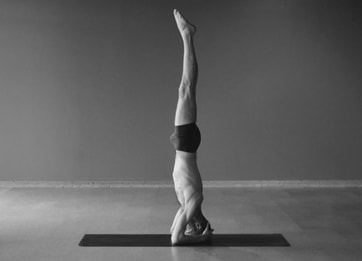
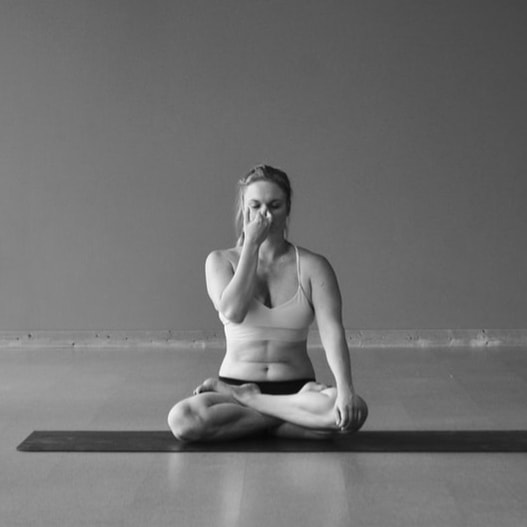
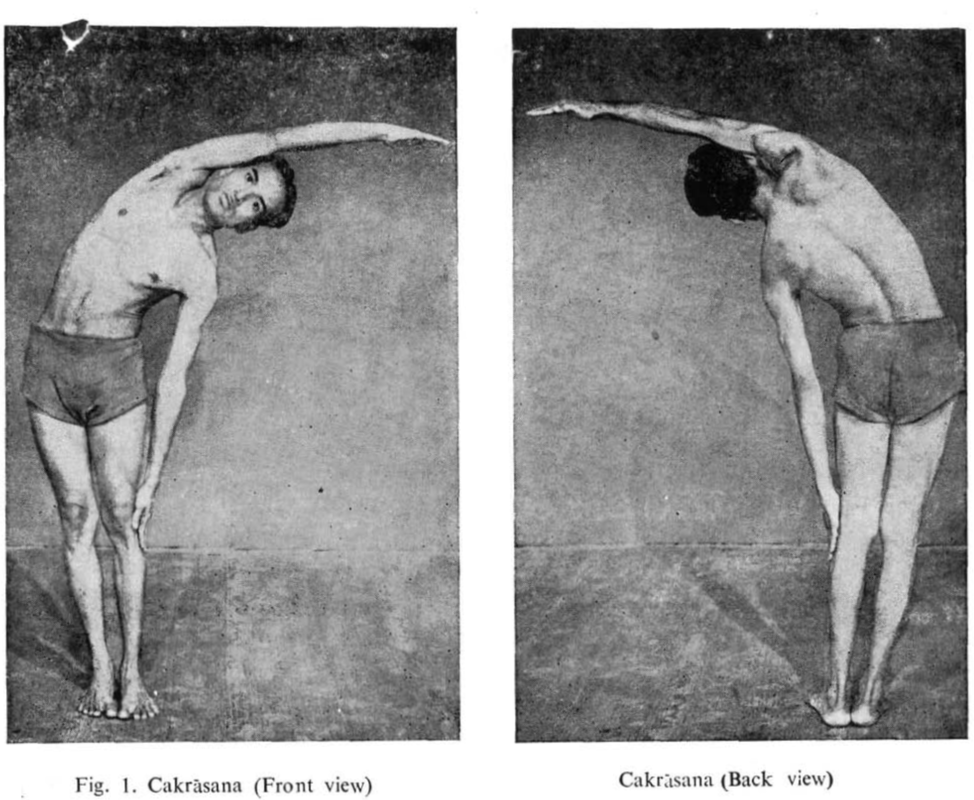
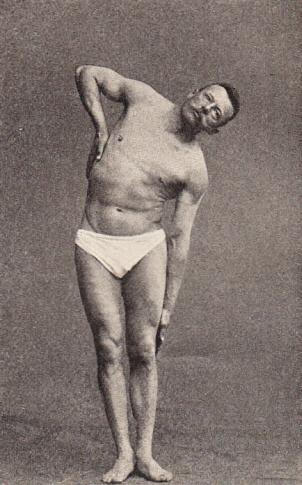
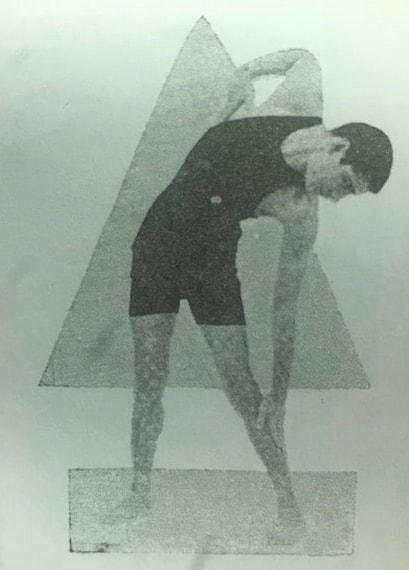
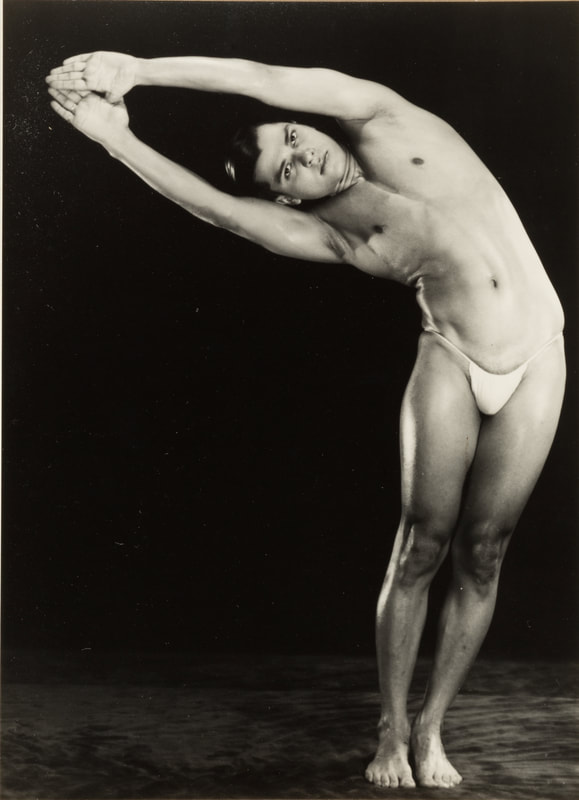
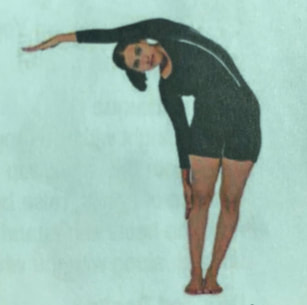
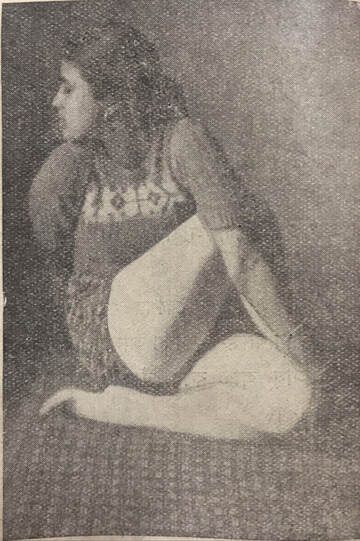
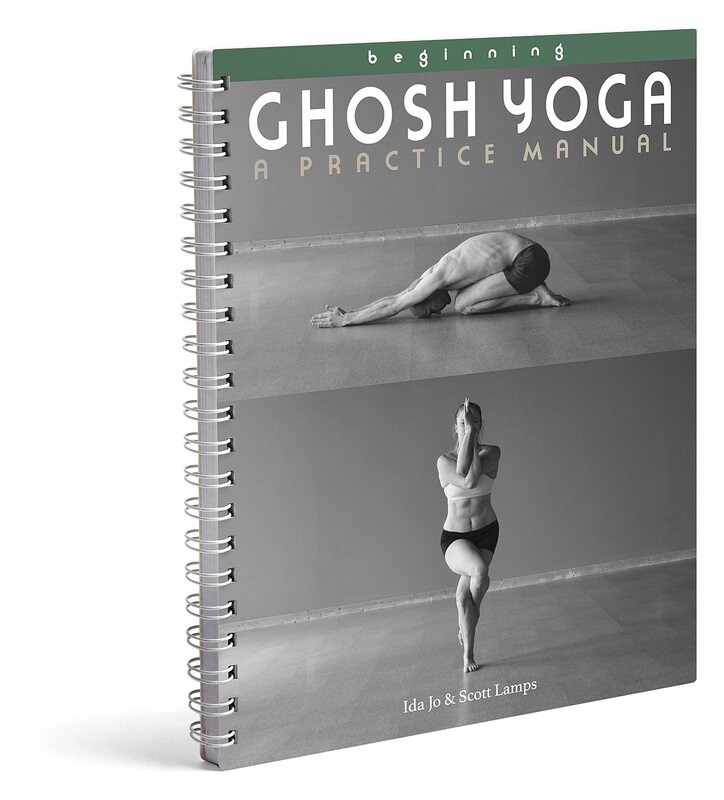
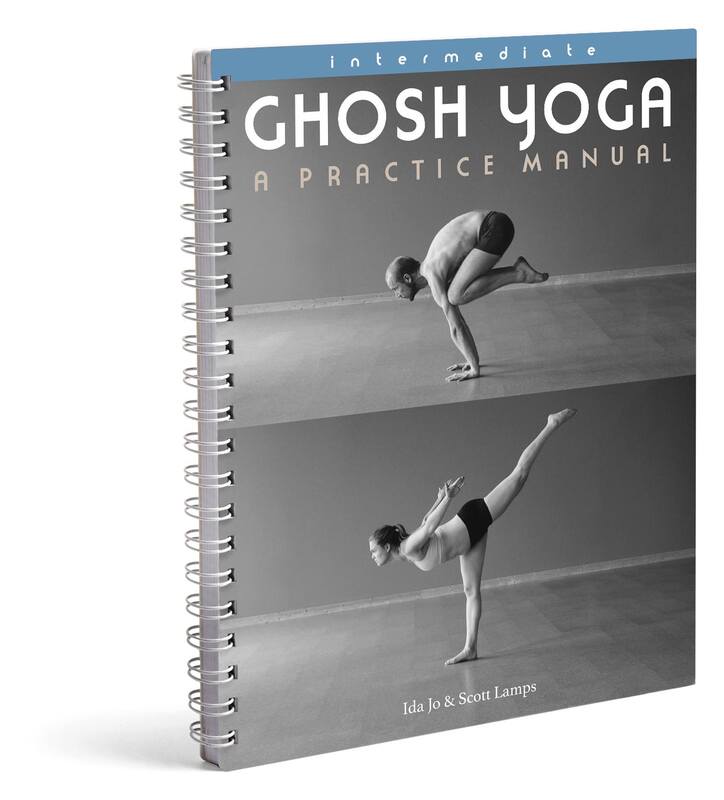
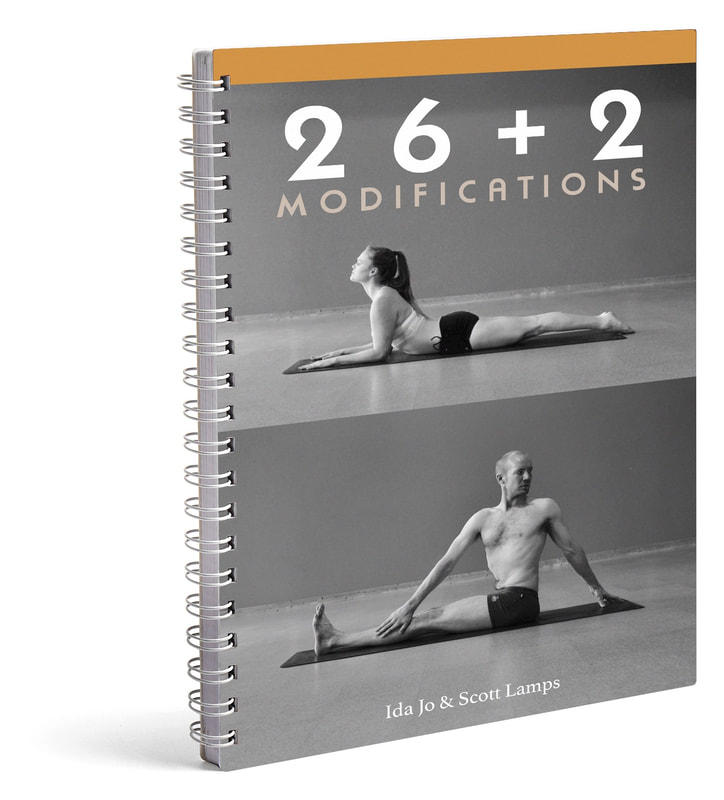
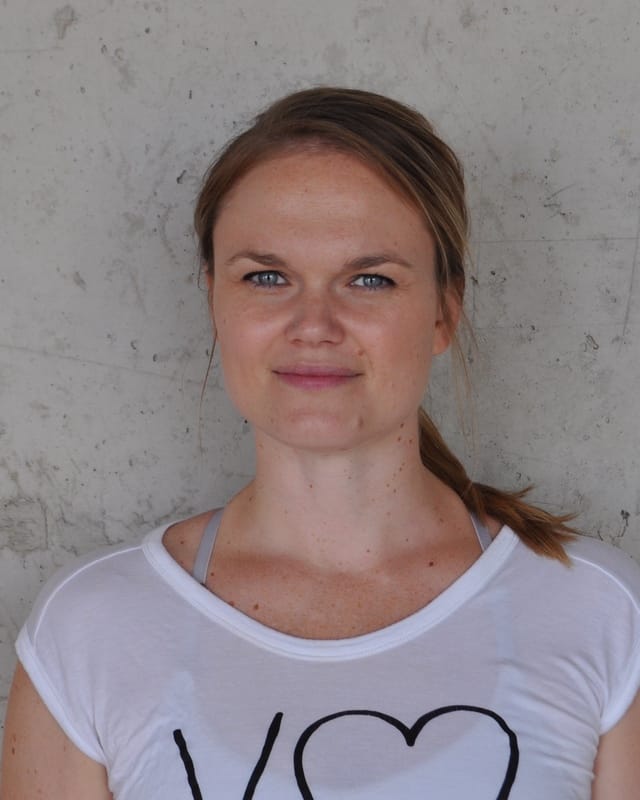
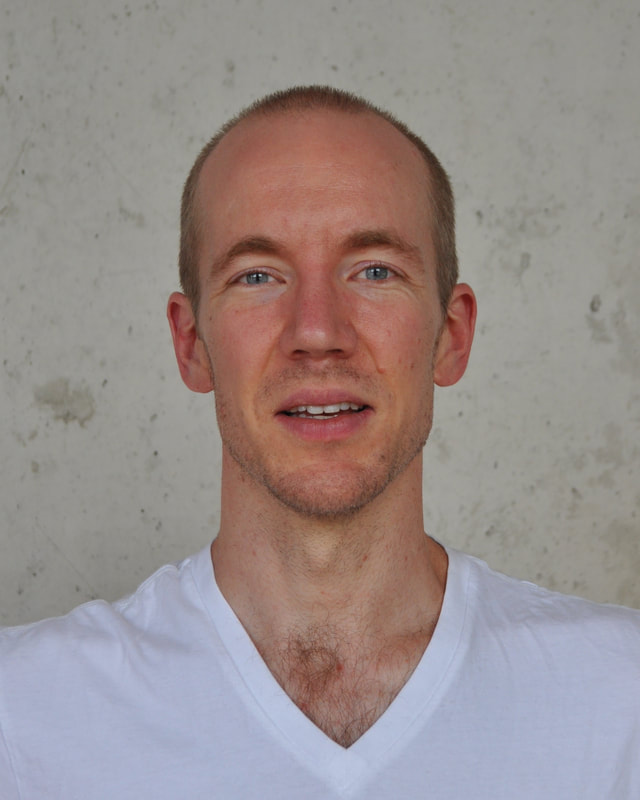
 RSS Feed
RSS Feed